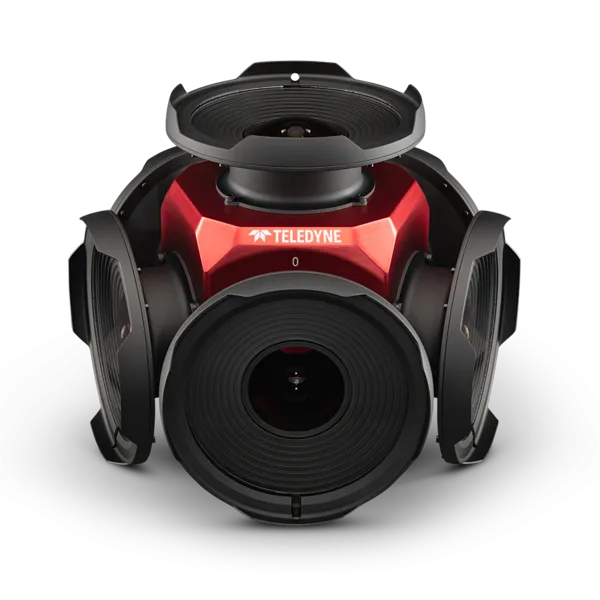Trimble has introduced the Resolution-SMT GPS receiver, a new embedded GPS receiver for timing applications to enable system integrators to add precise GPS to provide location, Coordinated Universal Time (UTC) and synchronisation to many products or systems where cost or size had previously been a limitation. The device is a complete, ready-to-go timing receiver in a 19x19x2.5mm shielded module. A Starter Kit from Trimble provides everything a designer needs to begin adding state-of-the-art GPS timing capab
July 18, 2012
Read time: 1 min









